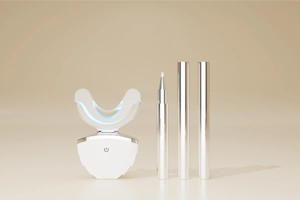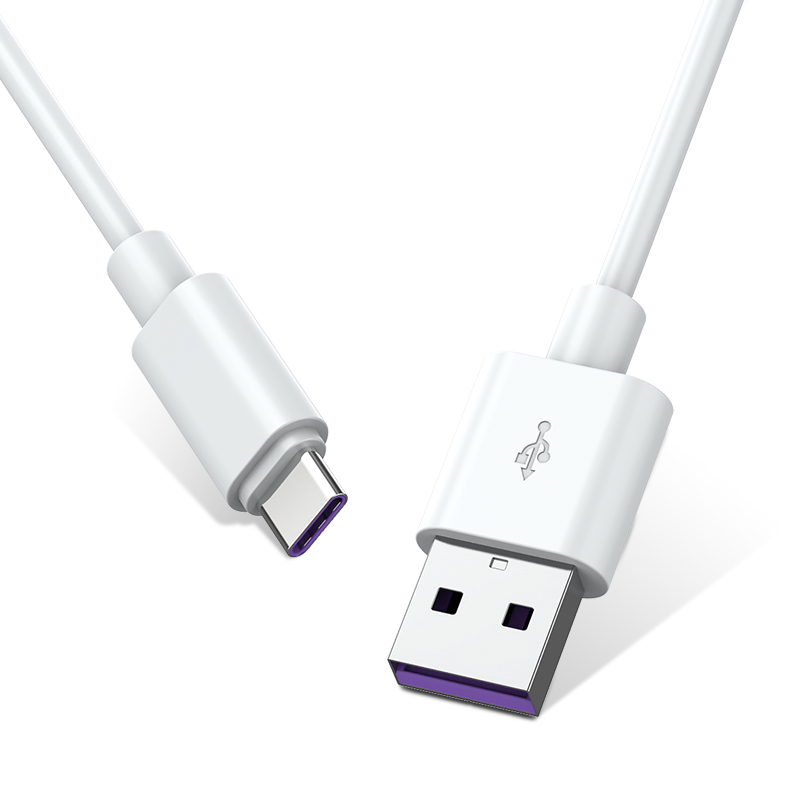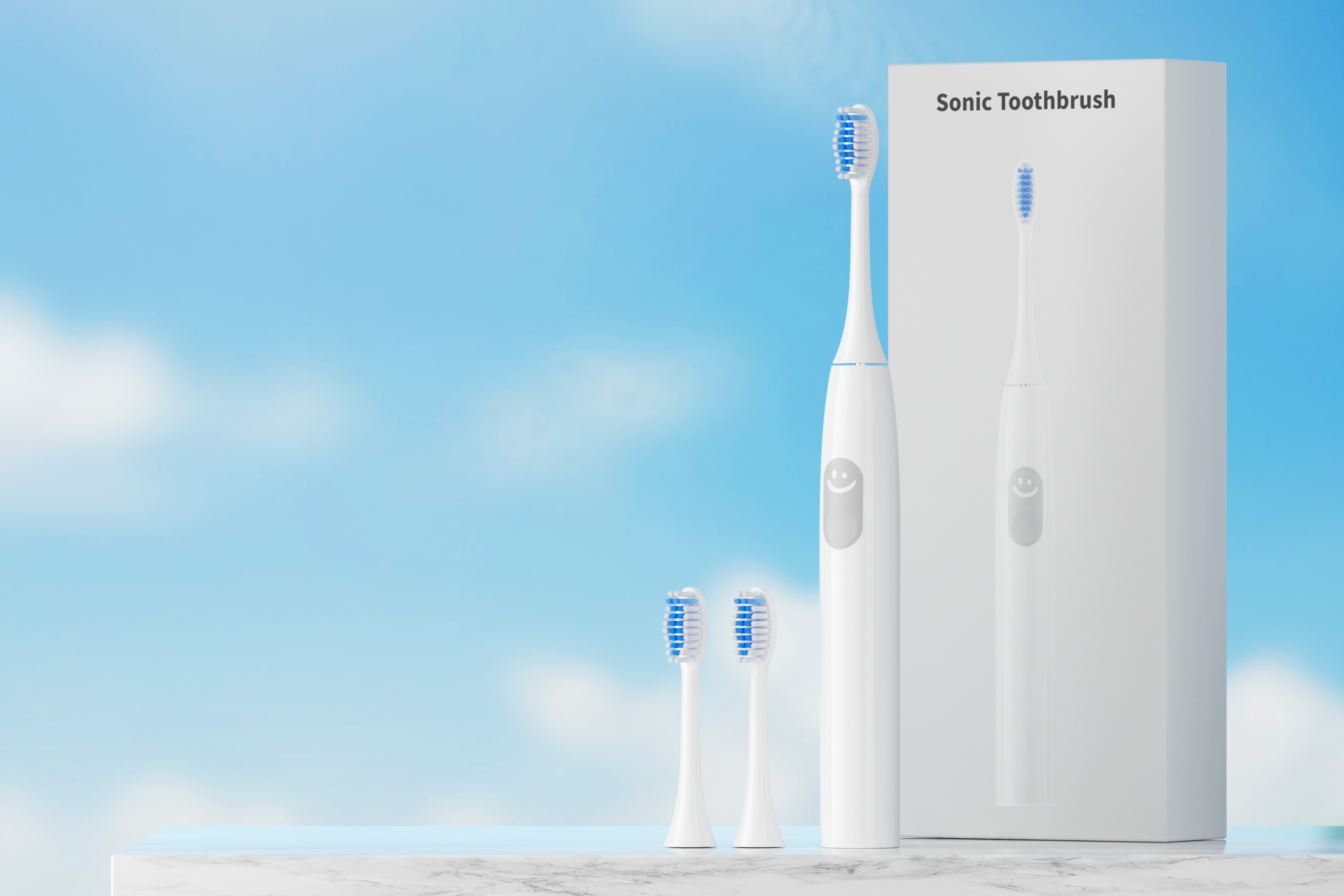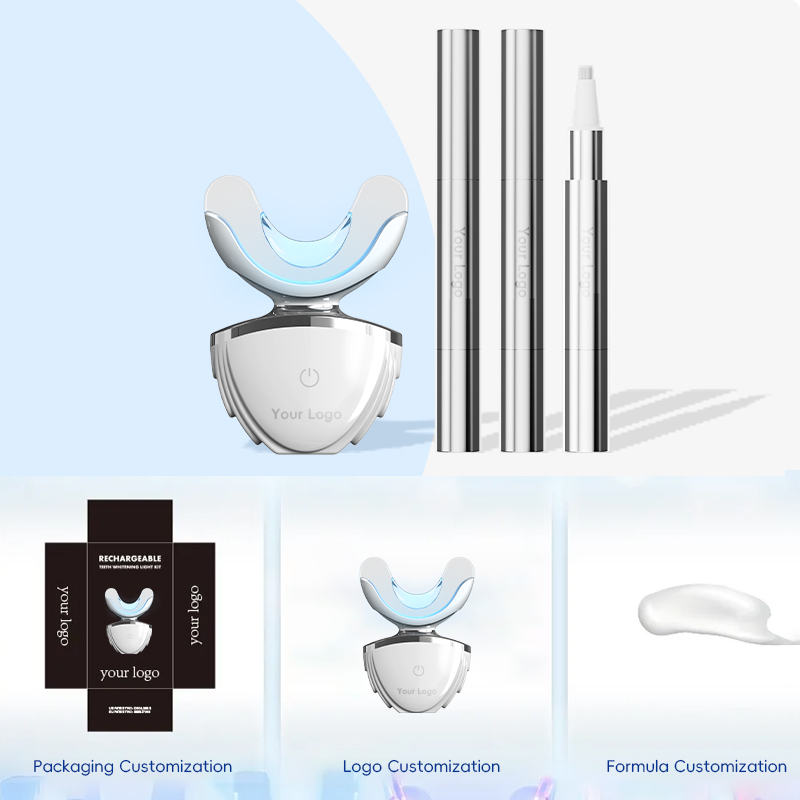Motor frequency is a key factor influencing the cleanliness of electric toothbrushes. Choosing the right frequency directly impacts cleaning efficiency, user comfort, and overall brushing effectiveness. As an electric toothbrush manufacturer with our own sonic motor production line, Powsmart is going to introduce the importance of motor frequency selection, conduct a comparison of cleaning effects, and examine the relationship between frequency and noise to help optimize the electric toothbrush designs. https://www.powsmart.com/about-powsmart/
Motor frequency refers to the number of vibrations or rotations per minute (RPM) that an electric toothbrush motor generates. It determines how effectively plaque and debris are removed from teeth and gums. Generally, electric toothbrush motors fall into two categories:
Sonic toothbrushes: 24,000 to 48,000 vibrations per minute
Rotary toothbrushes: 2,500 to 7,500 oscillations per minute
Choosing the optimal motor frequency is crucial for ensuring a balance between deep cleaning and user comfort.

Selecting the right motor frequency involves considering multiple factors, including:
Cleaning performance: Higher frequencies generally enhance plaque removal but may not be suitable for all users.
Gum sensitivity: Users with sensitive gums may prefer lower frequencies to reduce irritation.
Battery efficiency: Higher frequencies tend to consume more power, affecting battery life.
User preference: Different users may have personal preferences based on their brushing habits and dental needs.
Manufacturers should test different frequency settings to optimize performance for various user groups.
Different motor frequencies impact the cleaning efficiency of electric toothbrushes in various ways:
| Motor Frequency Range | Cleaning Effectiveness | Suitable for |
| Low (2,500-10,000 RPM) | Gentle cleaning, suitable for sensitive gums | First-time users, people with gum disease |
| Medium (10,000-30,000 RPM) | Balanced cleaning, effective plaque removal | Most users, daily brushing |
| High (30,000-48,000 RPM) | Deep cleaning, maximum plaque removal | Advanced users, heavy plaque buildup |
A comparison of cleaning effects shows that while higher frequencies provide better plaque removal, they may not always be the best choice for users with sensitive teeth or gums.
The relationship between frequency and noise is another critical aspect when selecting a motor for electric toothbrushes. Higher motor frequencies generally produce more vibrations, which can lead to:
Increased noise levels, potentially causing discomfort for users
Enhanced cleaning efficiency but with a trade-off in user experience
The need for advanced noise reduction technologies, such as improved motor damping or soundproof casing materials
Manufacturers should balance frequency and noise levels to ensure a comfortable and effective brushing experience.
To achieve the best cleaning performance while maintaining user comfort, manufacturers can implement the following strategies:
Adjustable frequency settings: Allow users to switch between modes to suit their needs.
Smart sensors: Integrate pressure sensors that adapt frequency based on brushing pressure.
Noise reduction technology: Utilize brushless motors or advanced damping systems to minimize noise.
By combining these strategies, electric toothbrushes can offer superior cleanliness while addressing the diverse needs of users.
Selecting the right motor frequency and cleanliness of electric toothbrushes is essential for optimizing brushing performance. By understanding motor frequency selection, conducting a comparison of cleaning effects, and considering the relationship between frequency and noise, Powsmart can develop high-quality electric toothbrushes that provide the best user experience. Investing in research and testing different motor frequencies will help brands stand out in the competitive oral care market. Contact us to know more!https://www.powsmart.com/product/electric-toothbrush/
Low-Noise Electric Toothbrush Manufacturer
.jpg)
Customization Guide for UVC Sterilization of Water Flossers: Scientific Matching of Wavelength, Irradiation Time and Waterproof Design

The Market Prospect of Children Electric Toothbrush

Complete Analysis of Teeth Whitening Gel Ingredients: Safe Hydrogen Peroxide Levels, Desensitizing Agents & pH Balance
.jpg)
Why is a dental approved toothbrush often a Sonicare or Oral-B?
.webp)
Choosing a Smart Toothbrush Manufacturing Partner?

Fast Chargers & Electric Toothbrushes: A Manufacturer’s Technical Insight
.jpg)
Planning Bulk Orders for a Smart Toothbrush OEM Product?

How to Choose a Reliable Electric Toothbrush Factory?
Travel Lock Failure Triggering Power Surge? The Overlooked Risk in Smart Oral Devices
.jpg)
Why Are OEM Toothbrush Heads Essential for a Successful Toothbrush Subscription Service Model?

Why Partner with Water Flosser Nozzle Production Experts and Water Flosser Pump Suppliers?
Rechargeable Sonic Toothbrush for Clinics – Professional OEM Oral Care Solutions

Tips to Select the Best Teeth Whitening Refill Kits Factories
.jpg)
Fort Worth deals on Texas replacement heads — how to claim?
.jpg)
Can a kids electric toothbrush make childrens dental care fun?

electric toothbrush heads Ultra Soft

Private Label Whitening Gel
.jpg)
Florida Electric Toothbrush – Powsmart PTR-C8

electric toothbrush heads Deep Clean

electric toothbrush heads Regular Clean

Customization Teeth Whitening Gel

Electric toothbrush heads Charcoal Infused-Diamond

electric toothbrush heads Charcoal Infuse-Round
whstapp
whstapp
National Toll-Free Service Hotline
+86 755 86238638